Explore Rishikesh Like Never Before
Trekking, Adventure, Temples, Food & Everything You Must Know Before You Visit
Featured Article
Latest Article
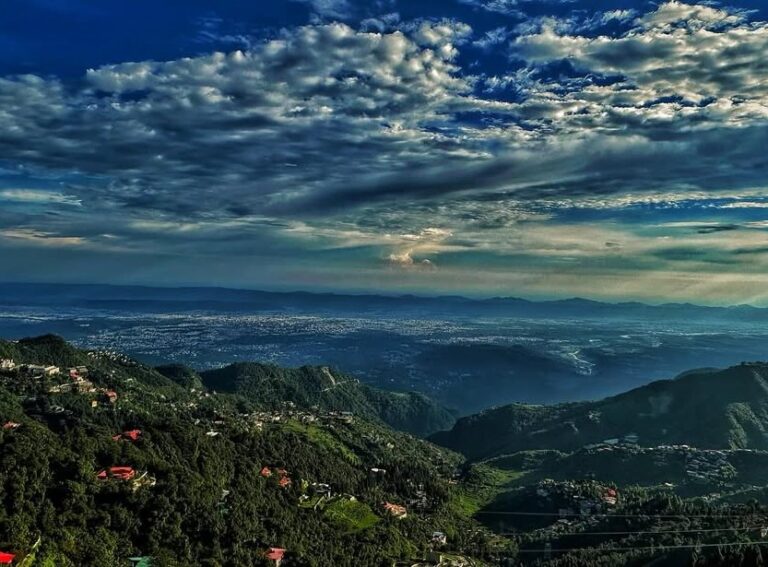
How to Reach Mussoorie from Rishikesh: Distance, Routes, Bus, Taxi & Train Guide
How to Reach Mussoorie from Rishikesh: Distance, Routes, Bus, Taxi & Train Guide If you’re planning a trip to the
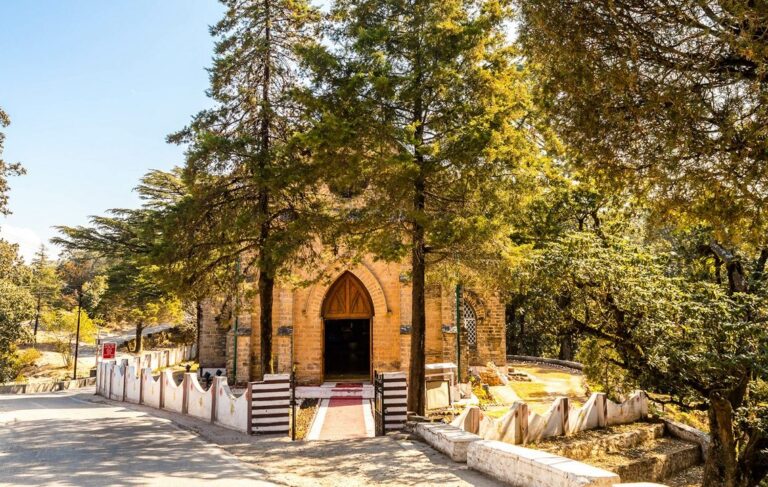
Rishikesh vs Lansdowne: Distance, Road Travel & Which Is Better ?
Rishikesh vs Lansdowne: Distance, Road Travel & Which Is Better ? Uttarakhand is home to some of North India’s most

Rishikesh vs Manali – (Distance, Budget, Activities, Best Time & More)
Rishikesh vs Manali – (Distance, Budget, Activities, Best Time & More) Planning a trip to North India and confused between
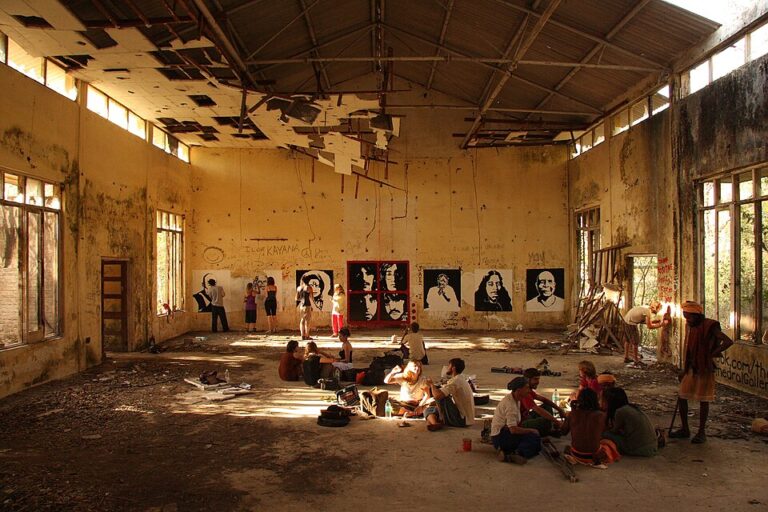
Beatles Ashram Rishikesh Timings, History, Entry Fee(2026 Travel Guide )
Beatles Ashram Rishikesh Timings, History, Entry Fee(2026 Travel Guide ) The Beatles Ashram Rishikesh, officially known as Chaurasi Kutia, is
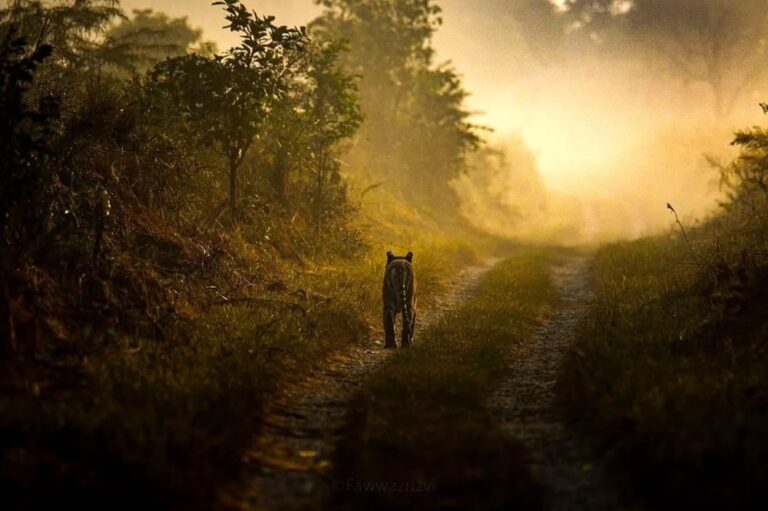
How to Reach Corbett- Travel Guide to Jim Corbett National Park
How to Reach Corbett- Travel Guide to Jim Corbett National Park If you are planning a wildlife trip, knowing how
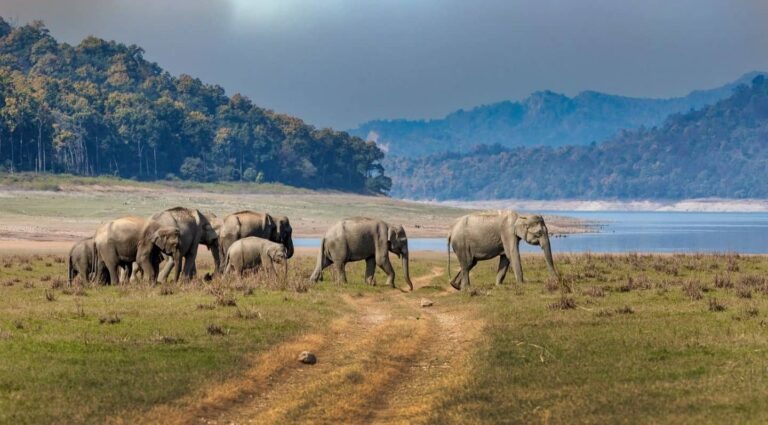
How to Reach Rishikesh: Travel Guide from All Major Indian Cities
How to Reach Rishikesh: Travel Guide from All Major Indian Cities How to reach Rishikesh is one of the most
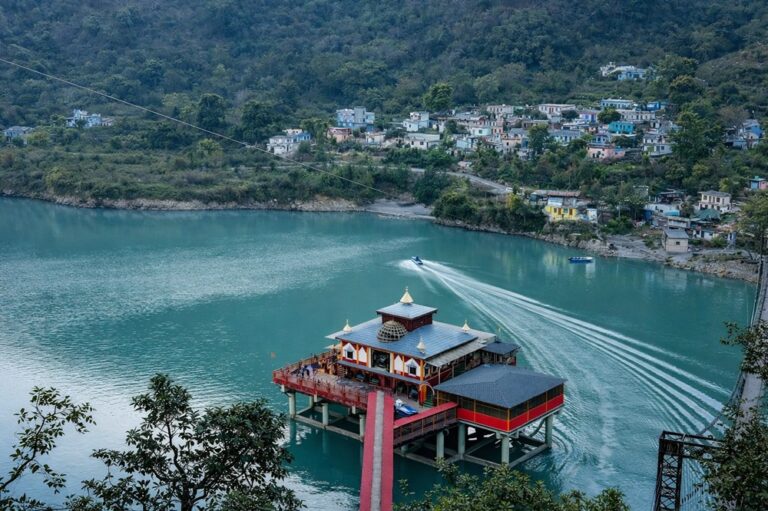
Dhari Devi Temple Uttarakhand- History, Timings & Distances
Dhari Devi Temple Uttarakhand- History, Timings & Distances The Dhari Devi Temple Uttarakhand is one of the most powerful and
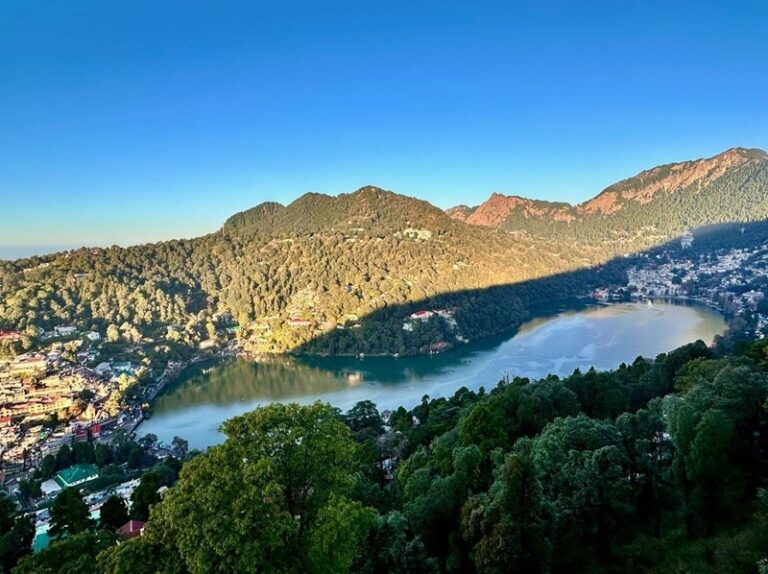
Nainital Lake View Point: The Most Mesmerising Panorama of 2026
Nainital Lake View Point: The Most Mesmerising Panorama of 2026 When people think of Nainital, the image that instantly comes

Wildlife Sanctuary in Rishikesh: Travel Guide to Rajaji National Park ( 2026 )
Wildlife Sanctuary in Rishikesh: Travel Guide to Rajaji National Park ( 2026 ) If you are searching for a wildlife
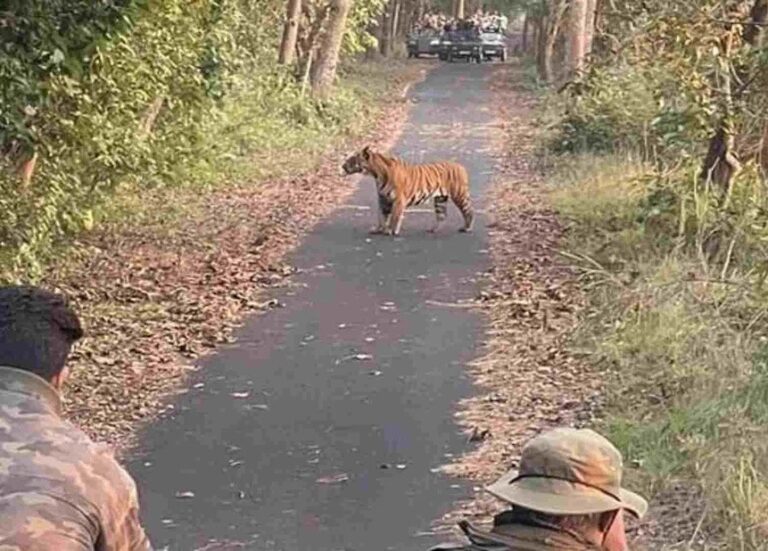
Wildlife Sanctuary Near Delhi: Rajaji National Park & Corbett National Park
Wildlife Sanctuary Near Delhi: Rajaji National Park & Corbett National Park For international travelers visiting North India, discovering a wildlife
About me

I am Om. I am a Travel Consultant and a licensed Tourist Guide ( Approved by the Ministry of Tourism, Government of India), I am living in Rishikesh. I set up this blog to share my tips and experiences for traveling to inspire and help you to travel Himalayas & Spiritual Places in India.

